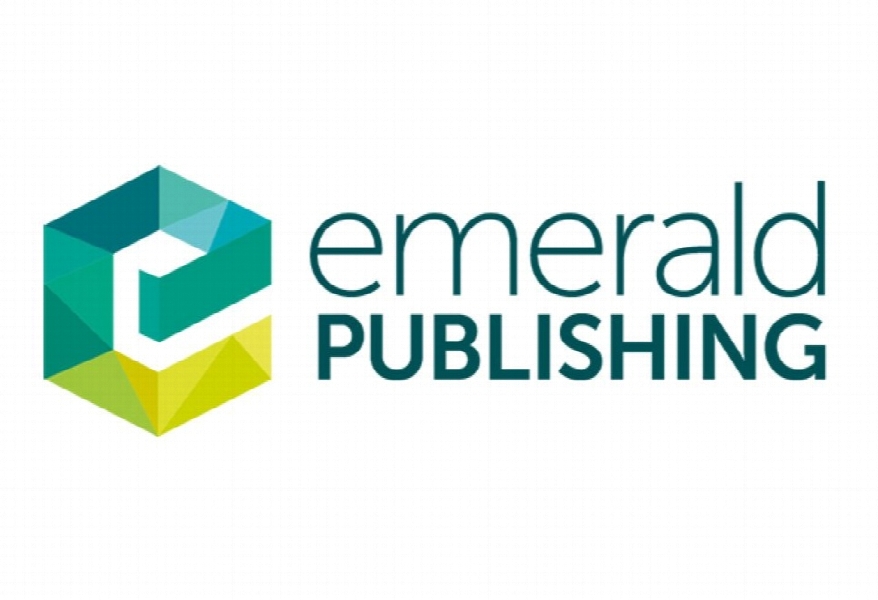روند افزایش دانش نوآوری در شبکه زنجیره تامین از دیدگاه توسعه پایدار Process of innovation knowledge increase in supply chain network from the perspective of sustainable development
- نوع فایل : کتاب
- زبان : انگلیسی
- ناشر : Emerald
- چاپ و سال / کشور: 2018
توضیحات
رشته های مرتبط مدیریت، مهندسی صنایع
گرایش های مرتبط لجستیک و زنجیره تامین ، مدیریت دولتی، مدیریت دانش
مجله مدیریت صنعتی و سیستم های داده – Industrial Management & Data Systems
دانشگاه Zhejiang University of Finance & Economics – China
منتشر شده در نشریه امرالد
کلمات کلیدی انگلیسی network density; innovation knowledge increase; supply chain network; Agent-Based Model and Simulation
گرایش های مرتبط لجستیک و زنجیره تامین ، مدیریت دولتی، مدیریت دانش
مجله مدیریت صنعتی و سیستم های داده – Industrial Management & Data Systems
دانشگاه Zhejiang University of Finance & Economics – China
منتشر شده در نشریه امرالد
کلمات کلیدی انگلیسی network density; innovation knowledge increase; supply chain network; Agent-Based Model and Simulation
Description
0. Introduction The existing research considers the supply chain as a knowledge alliance, and believes that the knowledge increase in the supply chain is important for its sustainable development (Wowak, 2013; Ikem, 2013; Sambasivan, 2009). Driven by increased market competition and rapid technological changes, the supply chain needs to continuously increase innovative knowledge to strengthen its core competitiveness (Liang, 2015; Min, 2015). In order to promote the growth of knowledge, the structure of supply chain also gradually changes from the original chain structure into a network structure, that is, the close innovation cooperation also exists between suppliers and users in addition to the cooperation between the enterprise and its upstream and downstream (Shi,2012; Tseng2013;Zhao, 2016; Zhou,2013). With the help of modern information technology, this complex network structure can meet the innovation demand quickly in the market (Xu,2015; Liao,2016; Katja, 2011). Some scholars believe that such network structure is beneficial to the acquisition of heterogeneity knowledge, and reduces the transmission costs caused by redundant connections, so as to ensure the sustainable increase of innovation knowledge in supply chain (Chen, 2015; Chih, 2011; Scott, 2012; Burt, 1993). However, few studies have analyzed the innovation knowledge increase of supply chain with this network structure, and have not proved that the network structure is beneficial to the innovation knowledge increase in supply chain. Several studies, based on social network theory, have analyzed the characteristics of the supply chain network structure, and proposed the factors which affect the formation of the network structure (Gnyawali, 2001; Zhou, 2016; Yi, 2016). A part of studies have found the influence of knowledge integration and flow in obtaining the core competitive advantage of supply chain; however, few have analyzed the innovation knowledge increase process of supply chain with different network structures. Indeed, the influence of network structure on the innovation knowledge increase has been studied in the existing innovation literature (Katja, 2011;Kieron,2004), and network density is regarded as an important factor that affect innovation knowledge increase based on the complex network theory (Katja, 2011; Wang, 2016; Long, 2016; Kühne, 2013). Nevertheless, some studies suggest that network density has a positive influence on the innovative knowledge increase (Wang et al., 2010; Xiong et al., 2011), others suggest that network density has a negative influence on the innovative knowledge increase (Zhang, 2011; Ma, 2017). Nonaka’s (2000) argument on Socialization-Externalization-Combination-Internalization (SECI) model helps to explain the inconsistent results of prior research. According to Nonaka (2000), knowledge increase is viewed as the process of knowledge diffusion and knowledge innovation. However, the innovation knowledge increase in the supply chain network is equivalent to the knowledge diffusion or knowledge innovation in the existing researches, without considering the two as a continuous process (Cao et al., 2016; Wang, 2016). When the network density becomes greater, the social relations and the goals of the enterprises in the supply chain are more and more unified through long-term cooperation and communication, thus conducive to the knowledge diffusion. But the deepening of interconnection can also lead to the homogeneity of knowledge, which is adverse to knowledge innovation (Xu, 2015; Liao, 2016).


